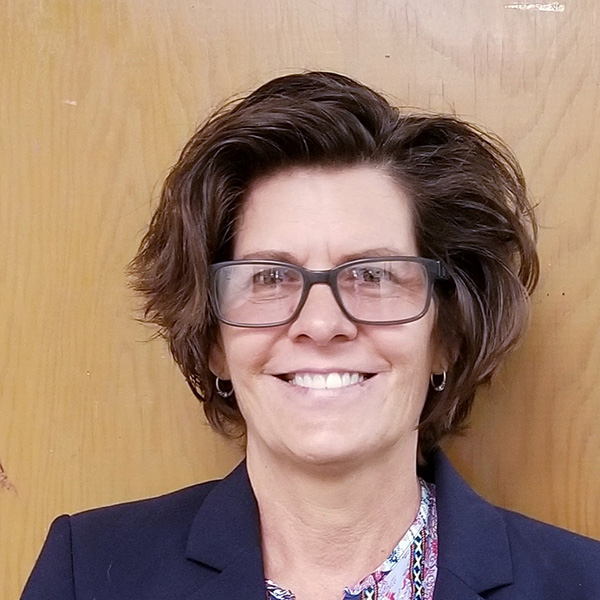A high skilled facilitative school leader is Carl Elsener of K -12 education. Carl Elsener was the CEO of Victorinox, the Swiss company that made the Swiss Army Knife. After the events of September 11th, the sales for the Swiss Army Knife plummeted. A finite thinking leader may have fired employees.

Instead, Carl and his team thought and acted like infinite leaders. They gathered their team and created ways to increase sales and retain their employees. The conversation hinged on staying committed to their company’s vision of designing quality and innovative products.
Today, Victorinox remains a stable and healthy company that sells not only knives but watches, travel gear, and fragrances. (they stay fully staffed as well).
Impactful leaders are those that construct a vision around a higher purpose; participate and plan professional learning; ensure quality first instruction; and monitor his or her impact (Robinson, 2008). While this is not an exhaustive list of leadership practices, it is a list of methods that can have a substantial impact on student outcomes. These high impact practices command the use of effective facilitation and coaching skills by leaders, more than 80% of the time.
Leaders who use their facilitation and coaching skills to set a vision, define expectations, improve instructional practices of staff, not only see results in students’ academic performance but also often see elevated confidence in staff and students.
Click on the words facilitation skills and coaching competencies to read the descriptions.
High Impact Leadership and Facilitative Leadership
The four high impact leadership practices require a sophisticated facilitation skill set. The leader that effectively creates a clear vision for the organization leans heavily on their facilitation skills. A highly skilled facilitative leader is a person who utilizes the skill set of facilitative and the competencies of coaching to improve a situation.
As a result, the people are in a better state than they were before the facilitation/the interaction. In such an exercise, a principal and his/her team want to use facilitation skills and coaching language as they run through a series of sessions gathering and synthesizing input from various stakeholders. The different stakeholder sessions will require a specific outcome, the use of a protocol, and a set of norms for appropriate conduct. The degree of success depends on the degree of good coaching and good facilitation by the leader.
Similarly, leaders that plan for and participate in professional learning rely heavily on their facilitation and coaching skills. Whether using outside trainers or staff as trainers, ongoing collaboration during the year will be an essential part of professional learning. While the principal and leadership team don’t need to be an expert in each content area, they want to be an expert in facilitation and coaching. The leaders will spend the remainder of the year utilizing their facilitation skills in coaching sessions and in collaboration sessions to support the continued growth of their staff. Through effective facilitation and coaching, the teaching from professional learning workshops can stick and the improved teaching practices can transfer to significant gains in the academic performance of students.
Correspondingly, leaders that effectively monitor the instructional expectations also trust their facilitation and collaboration dexterities. With the instruction defined and with the student performance targets established, the principal and leadership team facilitate a meeting where the criteria for class visits are co-constructed. Such a potential emotionally-charged conversation can be secured by a leader who has a highly sophisticated facilitative skill set. Complementary to an articulated purpose, a developed agenda with an outcome, and an established set of norms, the leader will need to navigate the dialogue in a way that people comfortably voice their ideas, feel like their contributions were worthwhile, and reach the outcome in a timely fashion.
The Landscape of Education Changed Dramatically
Before Friday March 13, students filled the classrooms and walked the hallways during the passing period. Principals and assistant principals supervised students during lunch. A classroom full of students sat at their school desk or table as instruction was delivered by the classroom teacher. Through strategic questioning or through an organized class discussion, students interacted face to face with the teacher and/or with interacted face to face their classmates. At the end of the class, students most likely handed the teacher a hard-print assignment.
By Monday, March 16th, school building closed yet school still in session. Educators and policy makers scrambled to design distance learning, both hard print and digital, for all students. Buses remained parked in the transportation barn. The halls were quiet, the classrooms were dark and empty. Principals greeted their teachers through a virtual staff meeting. Students were at home, eagerly or maybe indifferently, waiting for correspondence from their teachers and principals about what instruction and learning would look like from a distance. The current unparalleled situation for society and for education challenges even the best of leaders.

This abrupt change in education yet again commands the highly facilitative skill set of an educational leader.
The situations, whether re-imagining a major corporation, developing the instructional craft of staff, or transporting staff through an abrupt change in education, principals count on their facilitation skills. We can confidently suggest that extraordinary leaders like Carl Elsener or the high-impact principal showing profound gains annually in their students’ growth and achievement used their facilitation skill to navigate their situation.
For their meetings, we can imagine that they set agendas, defined the purpose and established symmetry outcomes. The skilled facilitative leader steers people in the meeting or collaboration so that they naturally follow appropriate norms like contributing, listening to one another, staying on track. They do not shy away from difficult conversations. Hard conversations demand facilitators listen for the emotion and the intent underneath the words and reactions that we hear and see on the surface.
Facilitation as a Super Power
Difficult situations and conversations also require the facilitators to find the positive and the commitment amidst the staff that are disagreeing. Challenging conversations require facilitators to paraphrase and question in a way that helps staff clarify, organize or summarize their thinking; and/or ask questions in a way that shifts the beliefs and behaviors of staff.

Facilitative leaders have the knowledge and skill to transport their staff and students through change gracefully. High impact leaders maintain vision, establish structures that ensure quality first instruction, create systems that support the instructional aptitude of staff, and realize results. Similarly, all high impact leadership practices take collaborative and facilitative skills to engage staff and to see results in students.
After synthesizing the research for 25 years and from my 25 years of experience in field as an educator, I contend that most interactions, if not all, in K -12 education, benefit from the use of excellent facilitation. While leaders cannot be an expert in every arena, principals and central office administrators want to be an expert in facilitation and coaching. While the demand of society and, therefore, the requirements on education continue to evolve, education remains an inalienable right for all students, and facilitation remains an essential skill for high impact leaders.
Whether the one-room schoolhouse, the sophistication of providing 20th and 21st-century skills to students, or the construction of a distance learning program, the notion prevails: a high impact leader is also a highly skilled facilitator that has the power to produce extraordinary results!
What is your next Carl Elsener move?
References
Anderson, K., Dearing, V., Harris, E, Kee, K., and Shuster, F. (2010). Results coaching. Thousand Oaks, CA: Corwin
Hattie. J. (2009) Visible learning. New York, NY: Routledge.
Pink, D. To sell is human. New York, NK: Riverhead Books.
Robinson, V. M. J., Lloyd, C. A. & Row, K. J. (2011). Student centered leadership. San Francisco, CA: Jossey-Bass.
Senge, P. (2012). Schools that learn. New York, New York: Crown Business.
Williams, D. (2018). Creating the schools our children need. West Palm Beach, Florida: Learning Sciences International
Zuieback, S. (2012). Leadership practices for challenging times: Principles, skills and practices that work. Ukiah, CA: Steve Zuiback Synectics LLC.


